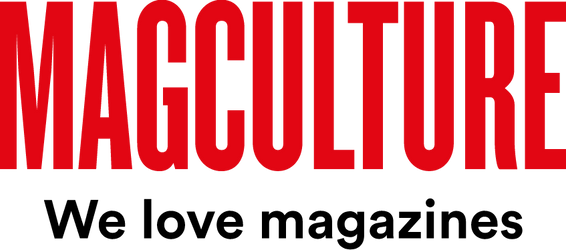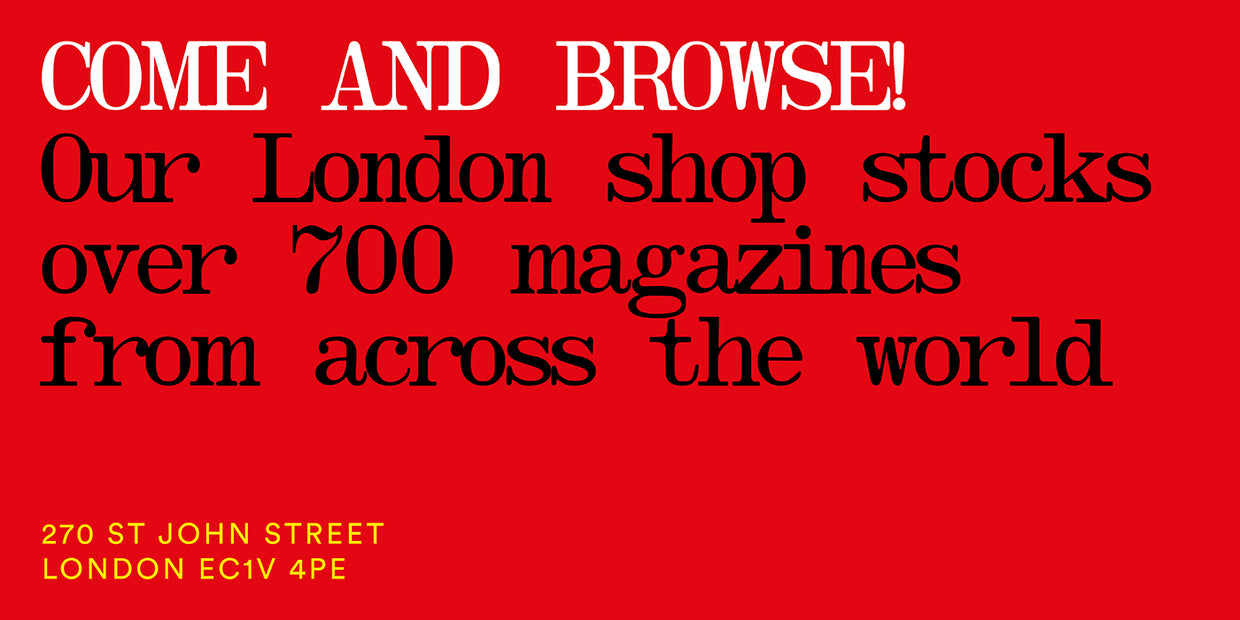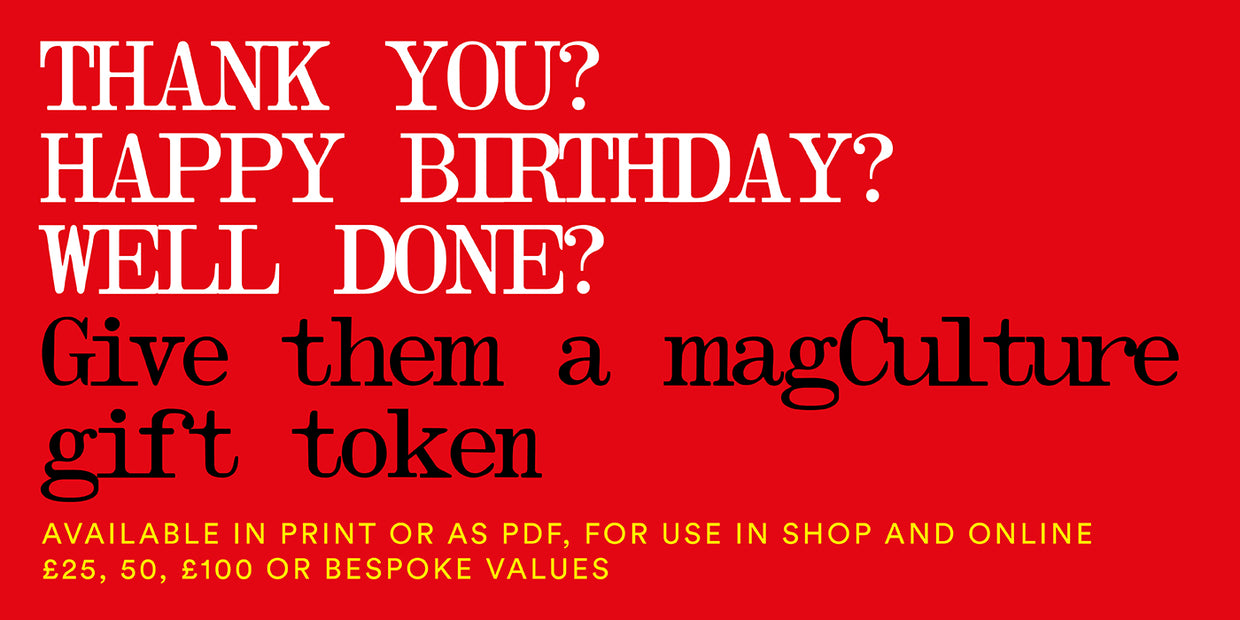
National Geographic redesign
It’s easy to characterise National Geographic as a magazine from another era, quietly fading away in today’s tougher market, so it was exciting to hear the title had been completely redesigned, prompted by a recent increase in sales.
Developed by creative director Emmet Smith and editorial director Susan Goldberg in collaboration with consultancy Godfrey Dadich Partners, it’s an impressive restart for the 130-year old title. A complete revamp, with bespoke typefaces, a redesigned logo and a more sophisticated grid structure, it lifts the visual presentation to match the successful editorial reinvention of the title of the last few of years.
Two new typefaces have been created by Tal Leming, a long-time collaborator with Scott Dadich at Wired. Earle is a slab serif named after the magazine’s ‘explorer-in-residence Sylvia Earle, and based on Egizio, a face used by the magazine in the seventies; Marden is also inspired by the magazine’s seventies era, a condensed display face based on Fiedler Monogothic Condensed no6 that has never before been digitised. The team describe its namesake Luis Marden as ‘the epitome of the National Geographic man, the old-time adventurer who trekked to the edges of the globe in search of material for the magazine.’
Despite their heritage, both feel completely contemporary and provide the magazine with a clean, modern display language. Being condensed, both suit the magazine’s tall, slim page format. They sit comfortably alongside the geometric sans Geographic created for the magazine by Kris Sowersby in 2016, and the body text remains set in Grosvenor Book.
Like any successful redesign, the project encompasses the entire magazine from its editorial structure up. There are new sections, more space for photography – print is still the best environment for showcasing the type of stunning images we expect from National Geographic – and the design elements all respond to that underlying editorial strategy.
It’s wonderful to see an established magazine brand investing in its print edition; too often such classic titles are subjected to cuts by a thousand knives as they get passed round a string of venture capitalists. An upswing in sales has encouraged investment and the team have fully grasped that opportunity. It’s good, too, to note that in the following interview Emmet Smith acknowledges the presence of the new generation of indie mags. As well as the editorial and design development of the magazine, the paper stock has been improved; all of which promises a strong future for this long established magazine.
And of course the trademark yellow border on the front cover remains, a much-envied classic of magazine identity.
I spoke to Emmet Smith about his team’s work on the redesign.
Tell us about the process of the redesign
I started interviewing firms in June of last year, and we sent final files to press in March, so it took about nine months. Just about the entire staff was involved on some level, and the team at Godfrey Dadich was close to 20, I believe. We spent a good deal of time on the front end talking with our editorial director Susan Goldberg about editorial strategy and the role that National Geographic plays in our readers’ lives, before we said a word about typefaces and grids.
We got input from all over our company, as well as from some folks outside of our walls whose opinions we deeply value. That work really set up a clear design brief. From there, we explored a few directions but quickly locked in on what’s in your hands today.
How was it working with Godfrey Dadich?
I can’t imagine better partners. From my first call with them, it was clear that Patrick (Godfrey) and Scott (Dadich) thought the way I do about design: that it can only grow from great strategy and great stories. We had to get that right first.
They were just as excited to tackle that work as they were to dive into the more glamorous design challenges. I also wanted someone who would push us out of our comfort zone and it was clear that they wouldn’t have it any other way. It was a true collaboration, with plenty of cross-country flights and countless hours of Google Hangouts to show for it. In the end, it’s like having a kid together: Maybe Junior looks a bit more like Mom, except he’s definitely got Dad’s nose. And his sense of humor. Oh, and Mom’s sense of justice.
Was it an enjoyable project to oversee?
The initial brief from our CEO was this: ‘If you were making National Geographic from scratch today, unmoored from its past, what would you make’ That’s a once-in-a-career opportunity. I’ve had more fun—and learned more—over the past year than at any other point in my career.
The US (left) and UK covers of the redesign issue are essentially the same; the UK cover emphasises the use of guest editors each issue.
The new look builds on familiar design traditions of National Geographic; at earlier stages did you push it in a more avant garde direction?
Those traditions aren’t something we take lightly, or see as a burden. They’re a privilege. They existed long before anyone on staff got here, and they will be around long after we’re all gone.
The challenge updating any institution that has been as successful over the years as National Geographic has been is to not throw out the baby with the bathwater. The strategy and content work we did before we started designing helped identify what was the baby—which we needed to keep and nurture—and what, perhaps, was the bathwater—those traditions that for one reason or another had outlived their usefulness.
I remember very early on telling the team at Godfrey Dadich that I did not want the Wired version of National Geographic (Scott Dadich made his reputation at the former). I wanted the National Geographic version of National Geographic, distilled to its essence and amplified. I think that’s where we are today.

The old logo, top, and the revised one.
National Geographic is one of those classic titles, instantly recognisable and regularly referred to as a key influence in our At Work With interviews. Do you think the magazine can reclaim that position?
There’s amazing work being done all over the industry from the tiniest indies to the biggest, most historic titles. To help draw more creative talent into the field would be great, but that will never be our goal. Our goal is to be the magazine that inspires the little girl who will one day cure cancer, or the little boy who will be the first human to walk on Mars.
We want to be the endless source of inspiration that fuels their exploration, deepens their understanding, and provokes the new questions that will drive them to new discoveries. Then we’ll put them on the cover.
What magazines were reference points for the redesign?
National Geographic was our reference point. When we started this project, we looked at everything. The goal was to identify the things that define us, that we do better than anyone, and double down on them. For us, that starts with our rich legacy of visual storytelling, particularly in terms of photography.
So, to me, and I hope to our readers, this feels more like a proper evolution than a total reinvention. As it should. We’re coming off one of the most successful years in our history. Newsstand sales are up. We were a Pulitzer finalist. An ASME winner. Our readers and peers are telling us loud and clear that we’re making a vital magazine.
In the end, this redesign wasn't about changing something that people love, but about giving them more of it in a fresh and contemporary way.










